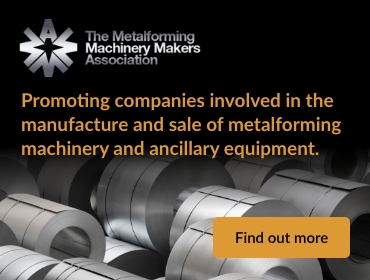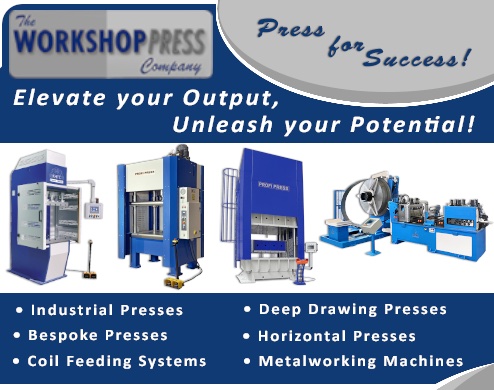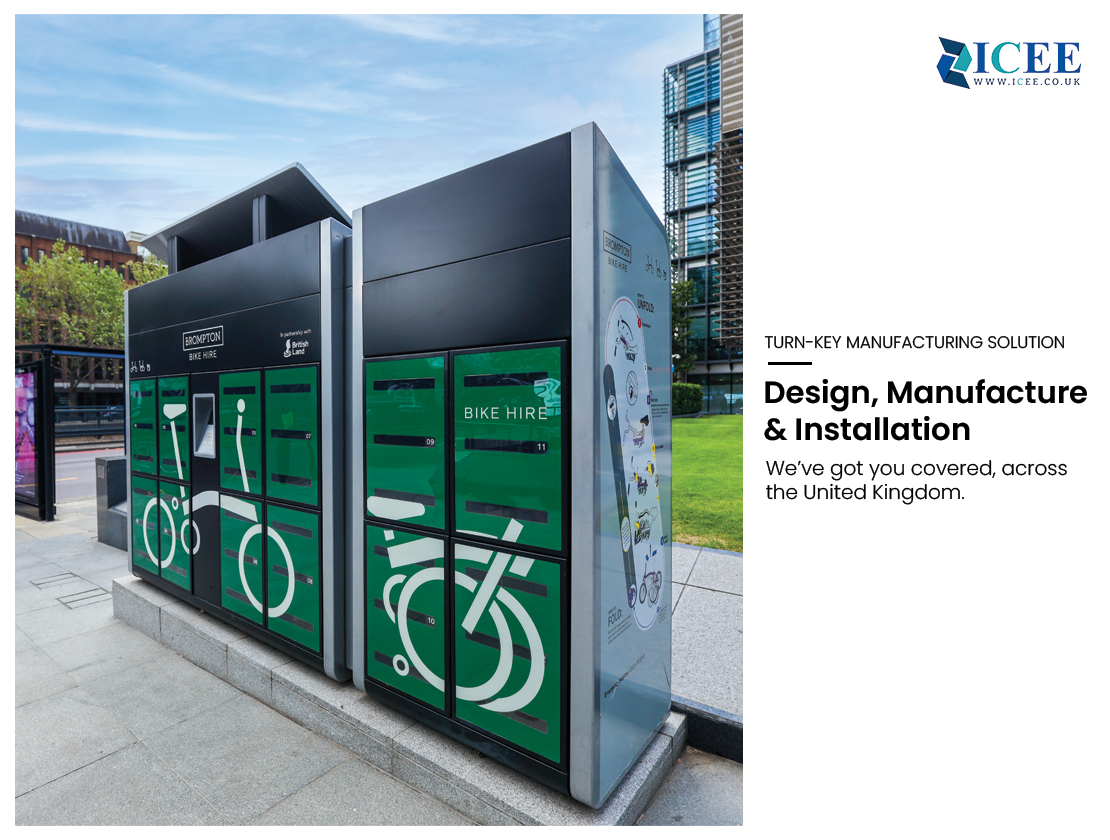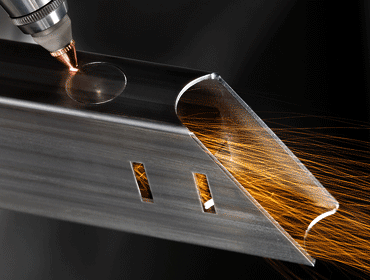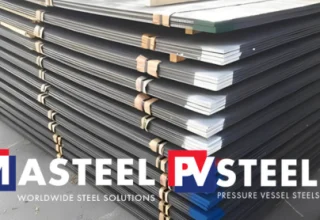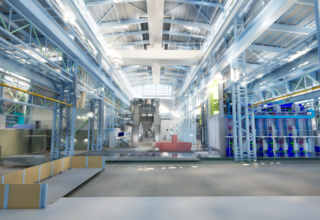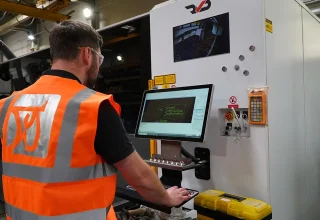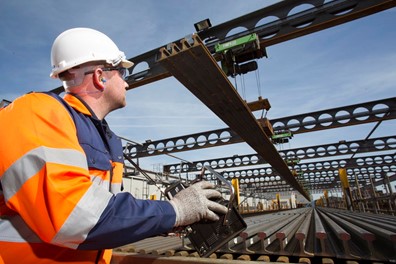
This week marks 50 years since the first steel was rolled at the Medium Section Mill, now known as Scunthorpe Rail & Section Mill Areas 1 & 2.
Part of one of the largest investments for what was then the British Steel Corporation’s Scunthorpe site, the ‘Anchor Project’ cost around £235 million.
The scheme included building what, at the time, was one of Europe’s largest steelmaking plants as well as the Continuous Casting (Concast) Plant, the mile-long Bloom and Billet Mill (BBM) and the Medium Section Mill (MSM), as well as provision for ore reception and blending facilities at the Ore Preparation Plant.
At the same time, an iron ore terminal was developed at Immingham to receive materials for transfer to the integrated site in Scunthorpe.
The project started in February 1970 and the new facilities were brought online over the following years with the MSM rolling its first sections on 15 January 1973. The Concast Plant was the last major section of the Anchor Project to be completed with full commissioning on 31 March 1974. On 6 May that year, HM Queen Elizabeth II officially opened the new facilities with HRH The Duke of Edinburgh.
When first built, the MSM was located alongside the BBM and could produce 475,000 tonnes of sections per year including angles, channels and joists.
The production process started with blooms being received directly from the BBM, which were initially reheated in 2 walking beam furnaces before rolling through 2 2-high reversing stands and a 7-stand continuous mill. Three edging stands were added for rolling flats.
A flying shear with appropriately shaped blades cut the section into lengths suitable for the 100m-long rake-type cooling bank, then after roller straightening, cold saws were used to produce the customer lengths. These were then bundled and strapped prior to dispatch.
SRSM Plant Manager Dave Richards said: “Although the sections production process is still similar today, the biggest change in those 50 years has ultimately been the £130 million investment in integrating rail manufacturing at Scunthorpe in 2005. This allowed us to extend the plant with new finishing mill stands, stamper, cooling bank and roller straightening machines to address the needs of our UK customers for long-length high-quality rail. This also led to the creation of the Rail Service Centre (now SRSM Area 3). We now produce rails up to 120m and weld up to 216m strings, delivering to track in a single logistics step.”
“This anniversary is a testament to all who have worked in the mill over the last 50 years and made it the success that it is,” added Dave.



